Two and three quarter million soldiers fought in the American Civil War, nearly 2 million for the United States and 750,000 for the Confederacy. The average soldier was a white, native born, Protestant. He was single, between the ages of 18 and 29, stood 5 foot 8 inches tall and weighed 143 pounds. His chance of being wounded: 1 in 10, his chance of dying of disease: 1 in 13 and his chance of dying in combat: 1 in 65.
Image of Thomas Taylor, courtesy of the Museum of the Confederacy
Full-length portrait of an unidentified civil war soldier] / from Ball & Thomas' Photographic Art Gallery, 120 West Fourth Street, near Race, Cincinnati, O., courtesy of Library of Congress
Over half of the incoming soldiers, both North and South, were farmers before the war. But one soldier recalled, “almost every known trade, profession or calling has its representatives in our regiment: tailors, carpenters, masons, and plasterers, moulders and glass blowers, machinists and architects, printers, bookbinders and publishers, gentleman of leisure, politicians, merchants, legislators, judges, lawyers, doctors, preachers.”
Supplies
The common foot soldier carried with him a rifle, cartridge box, cap box, a sling with bayonet, belt and buckle, mess kit, canteen, sewing kit, bed roll, haversack, and a small number of personal items. The majority of the items were issued by the government, but when items were broken or lost, replacements were difficult to acquire. As the war continued, soldiers became creative and found their own replacements, sometimes stripping battlefield dead of everything from rifles to shoes.
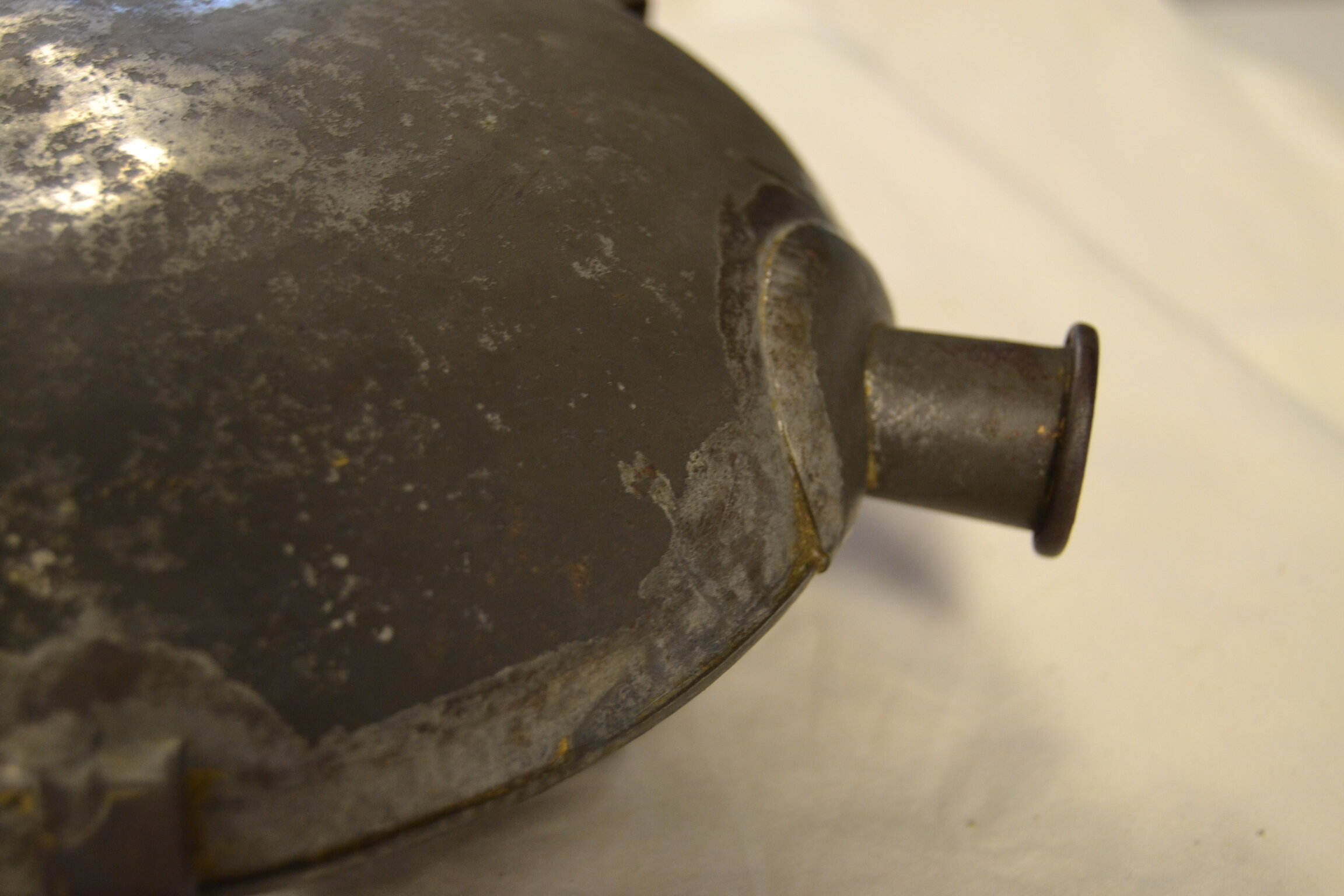
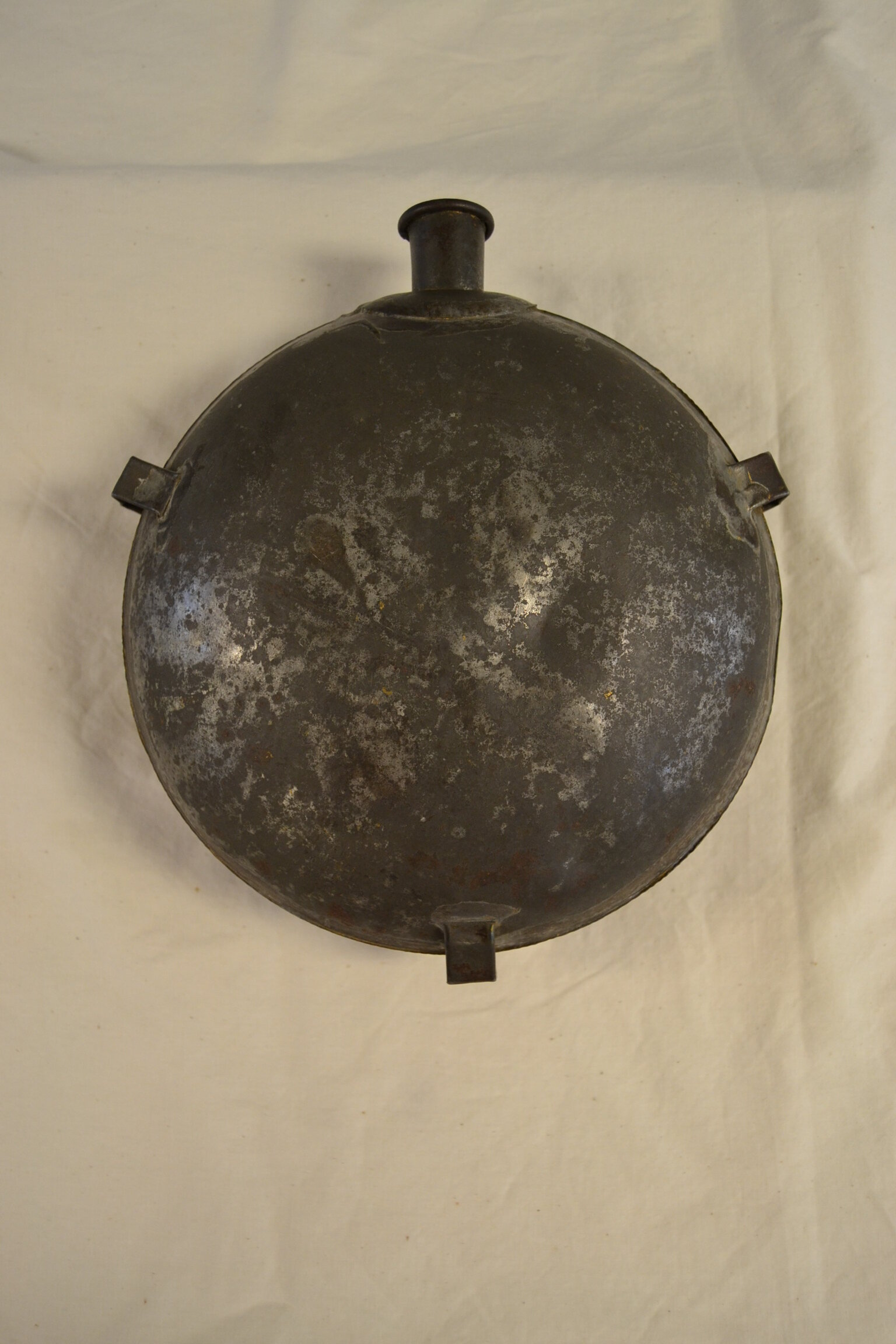


Weapons
With over 75% of the men in the army serving in the infantry, the most common Civil War weapon was the rifle. Cartridges, filled with a bullet and gun powder, as well as percussion caps were needed to load and fire the weapons. Supplies, such as the cap and cartridge boxes, and bayonet, were all hung from the essential piece of the infantry soldiers’ uniform: the waist belt. At times, 30 pounds of weight would be added to the soldiers’ load for the necessary ammunition.
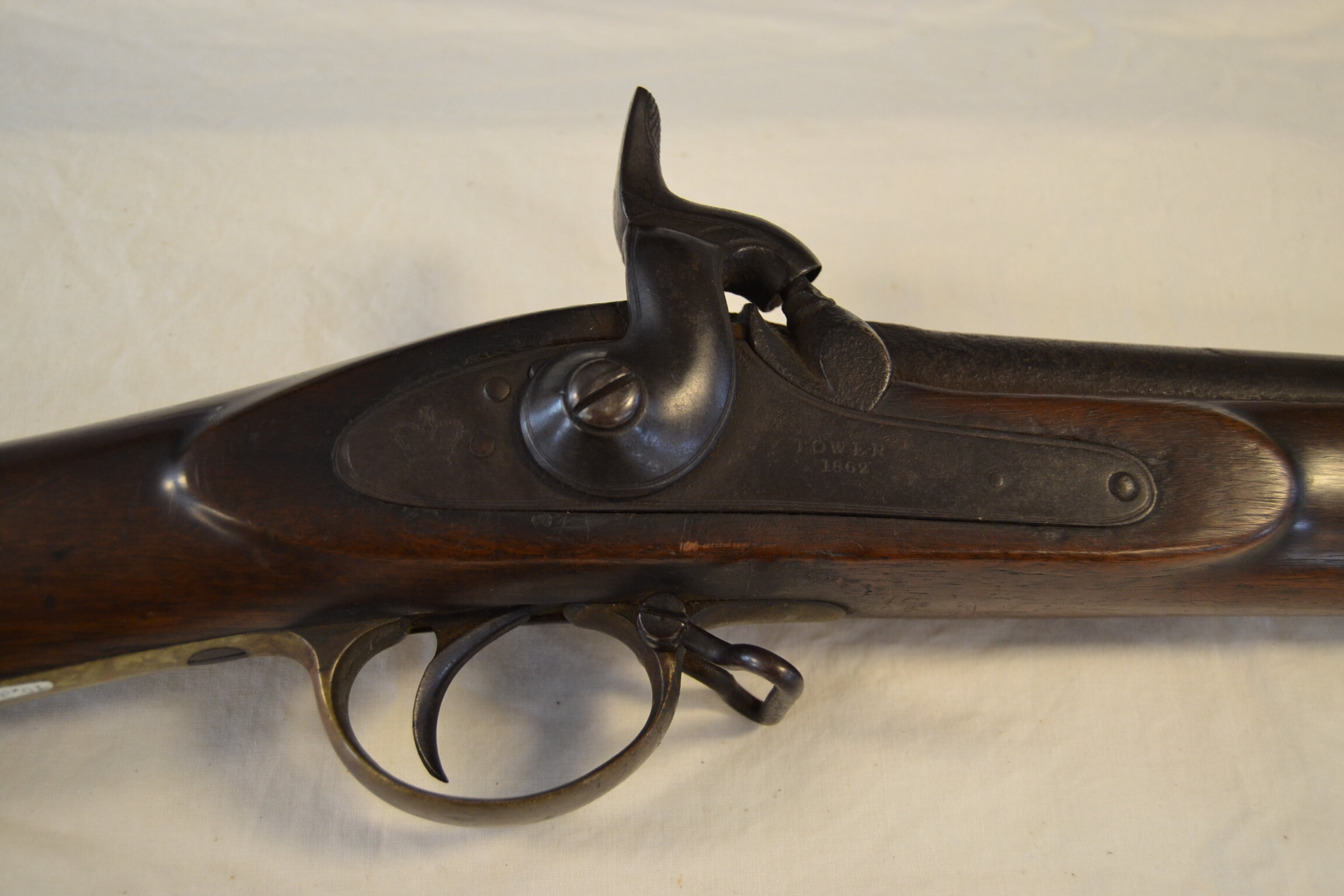
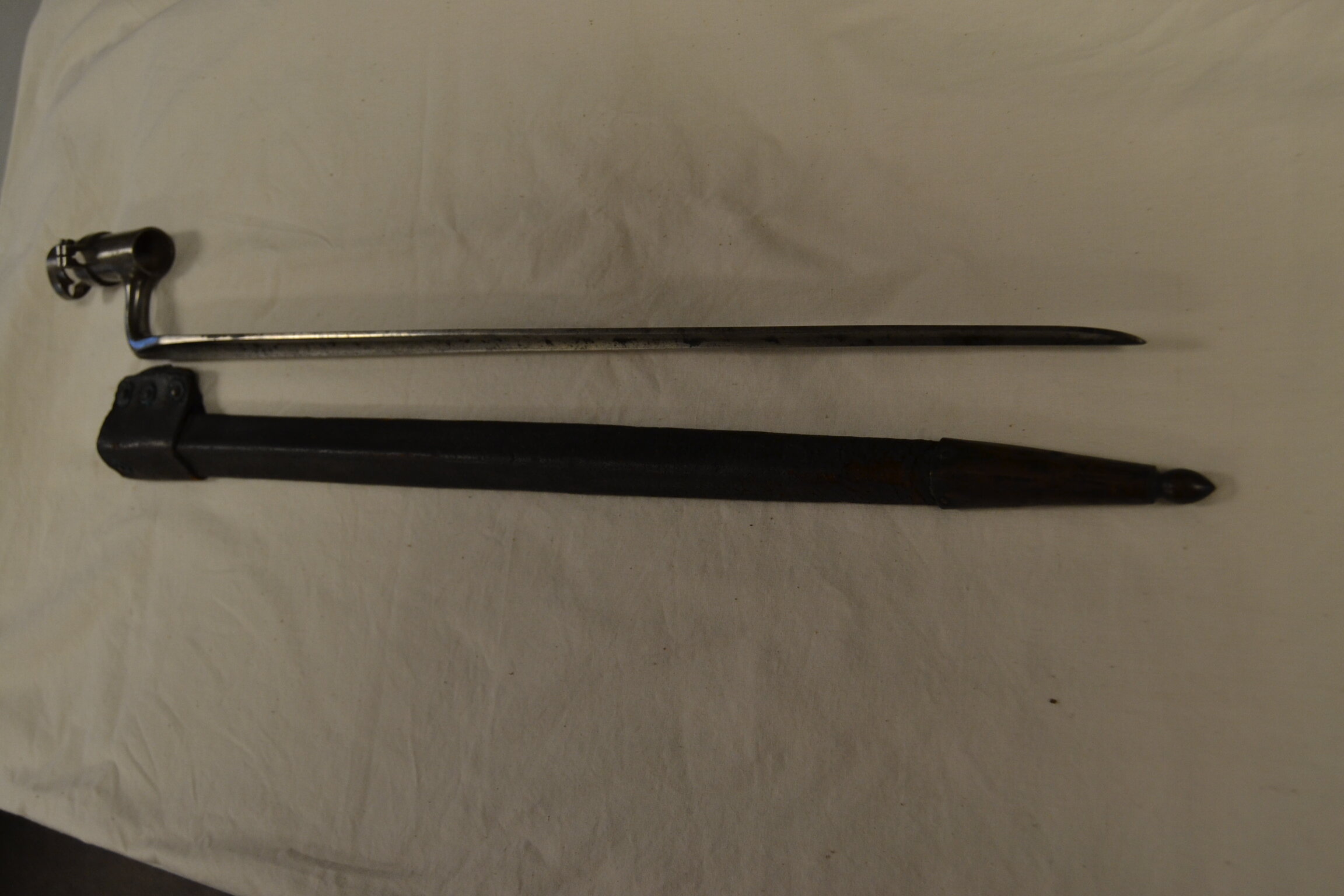

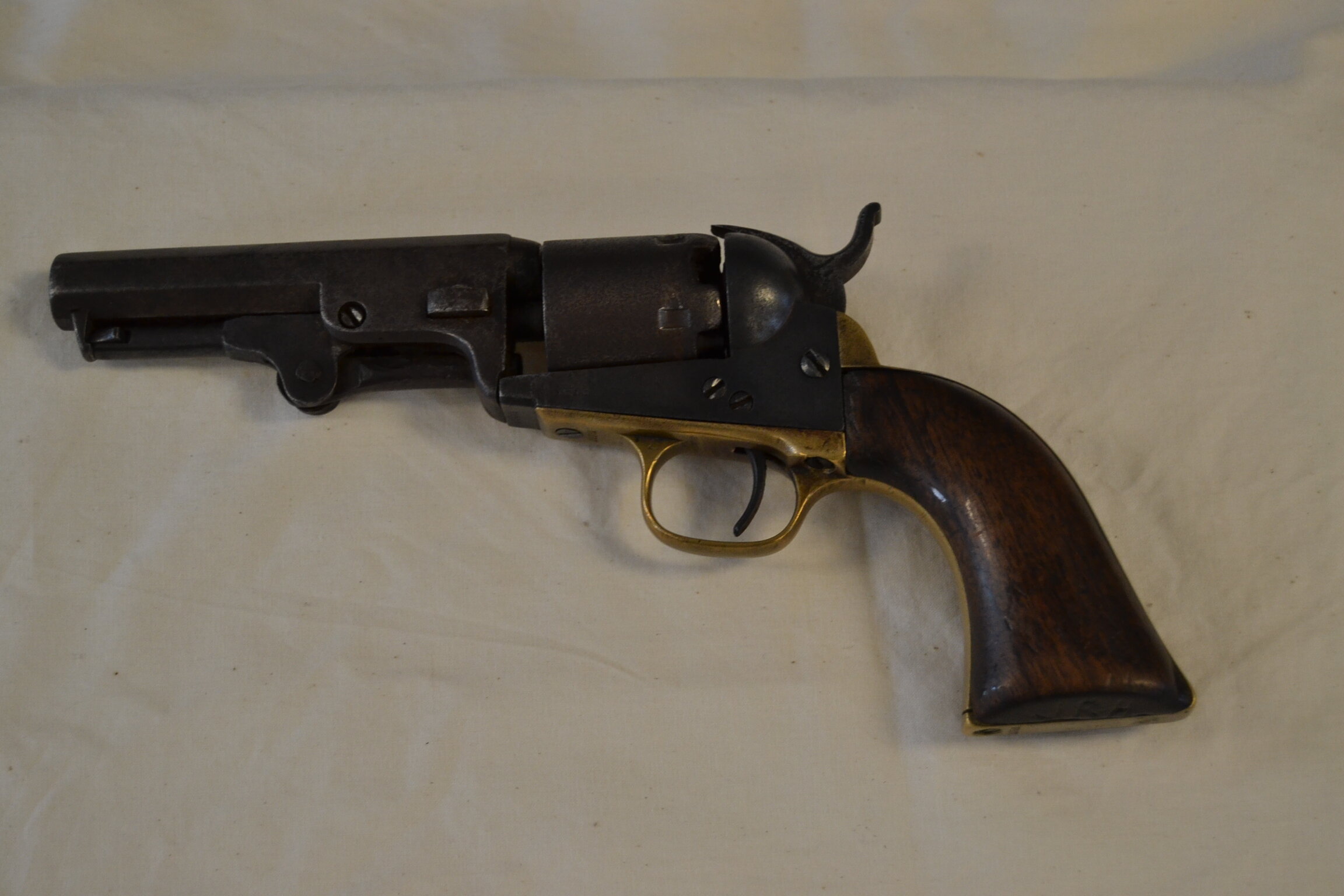
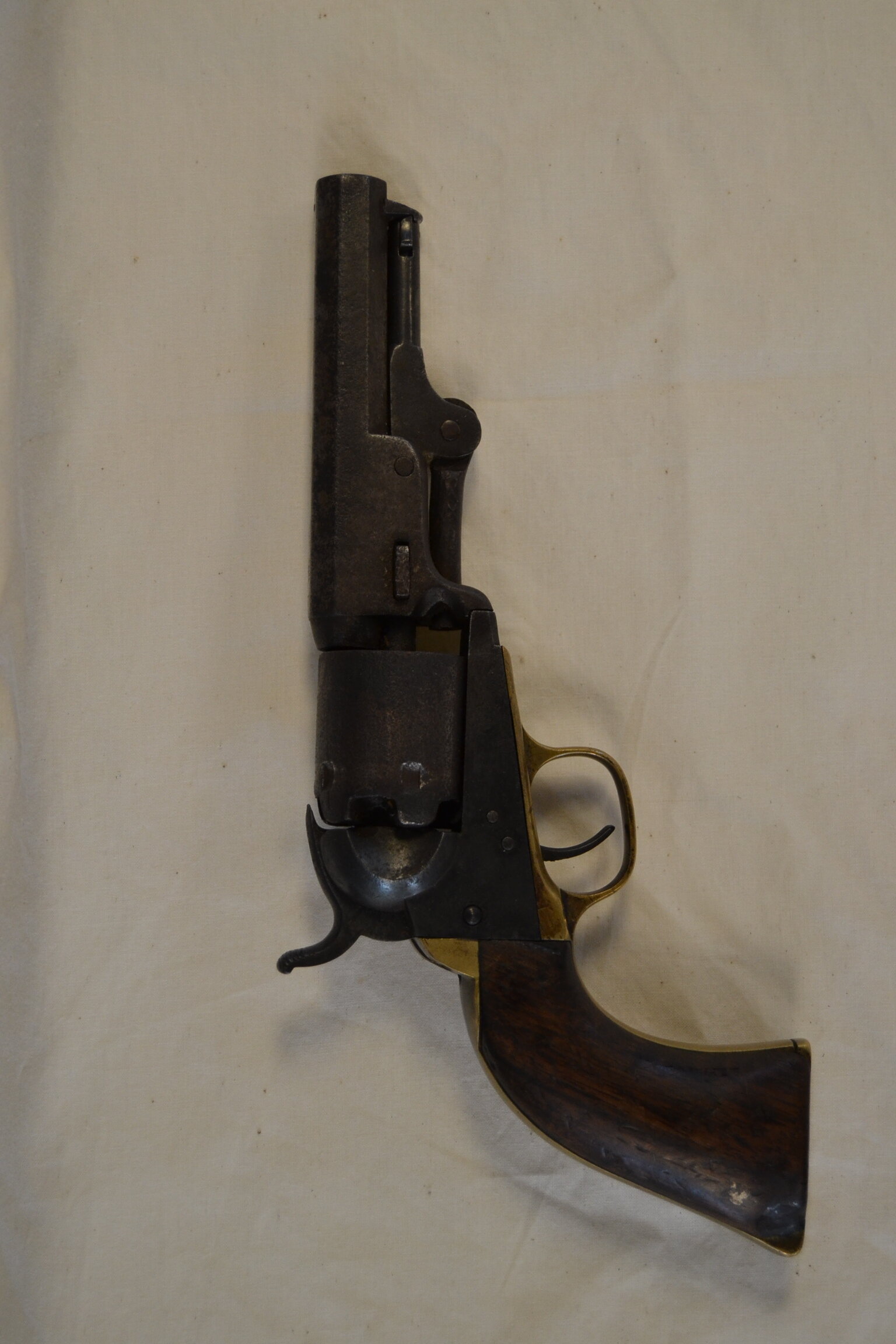
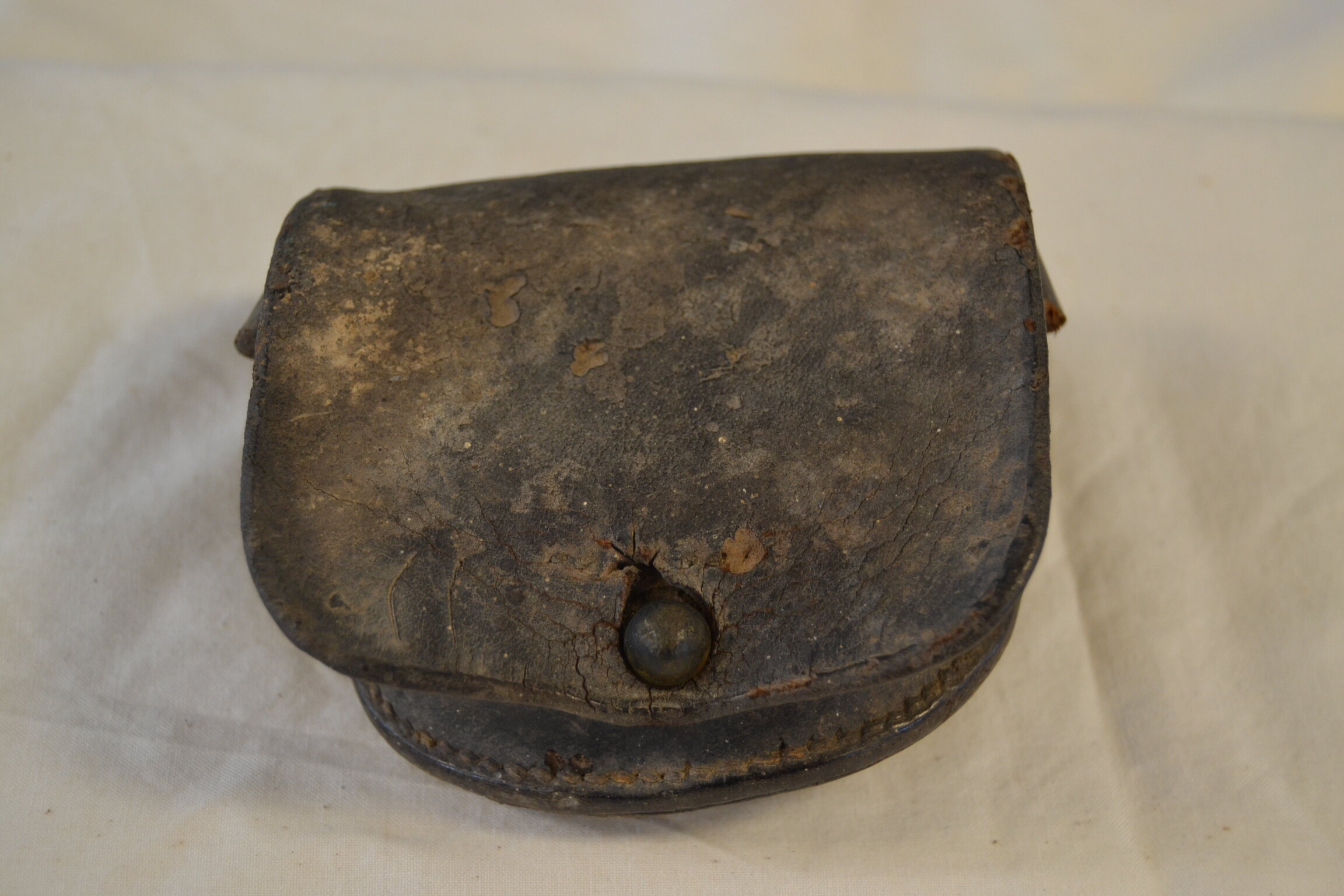
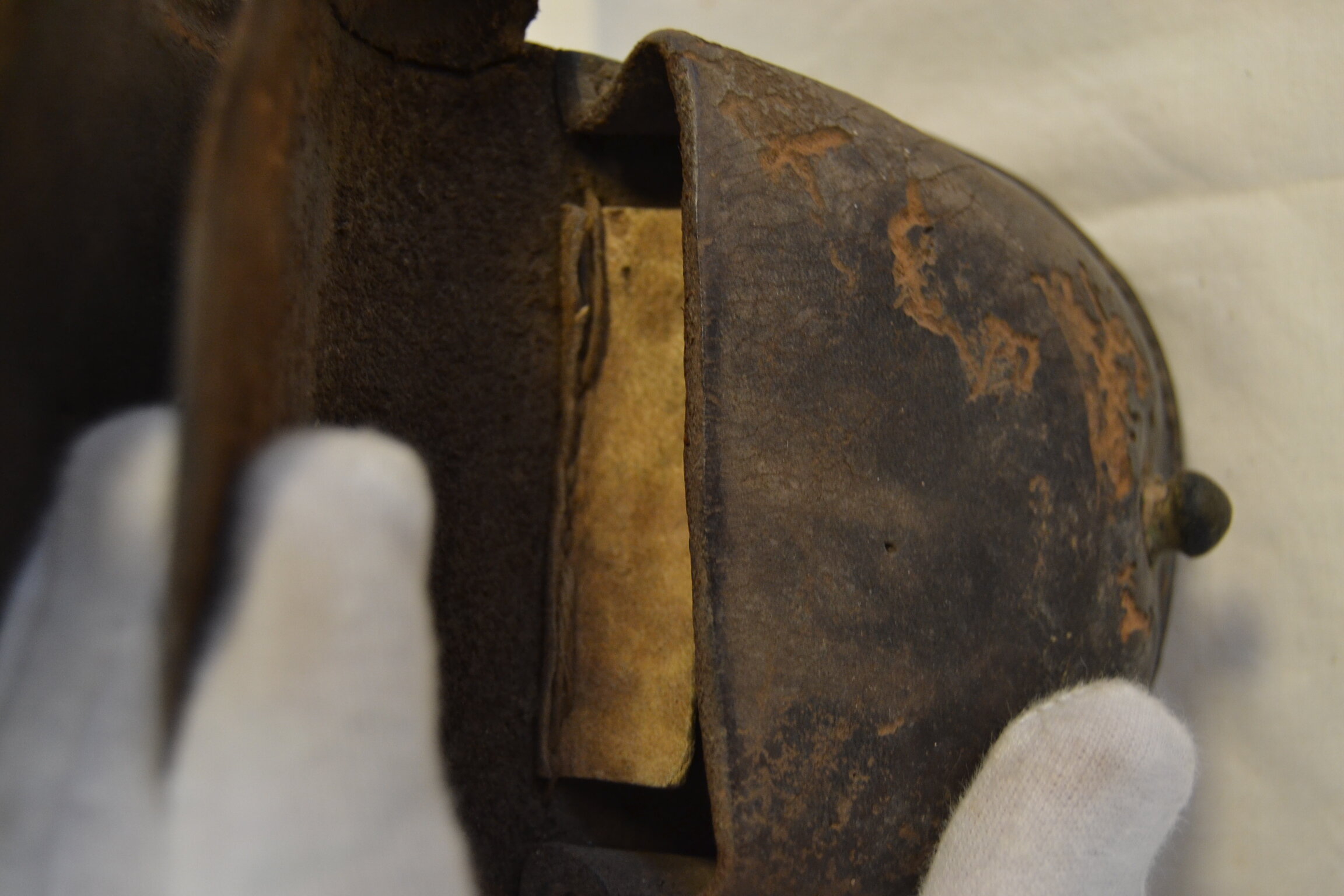

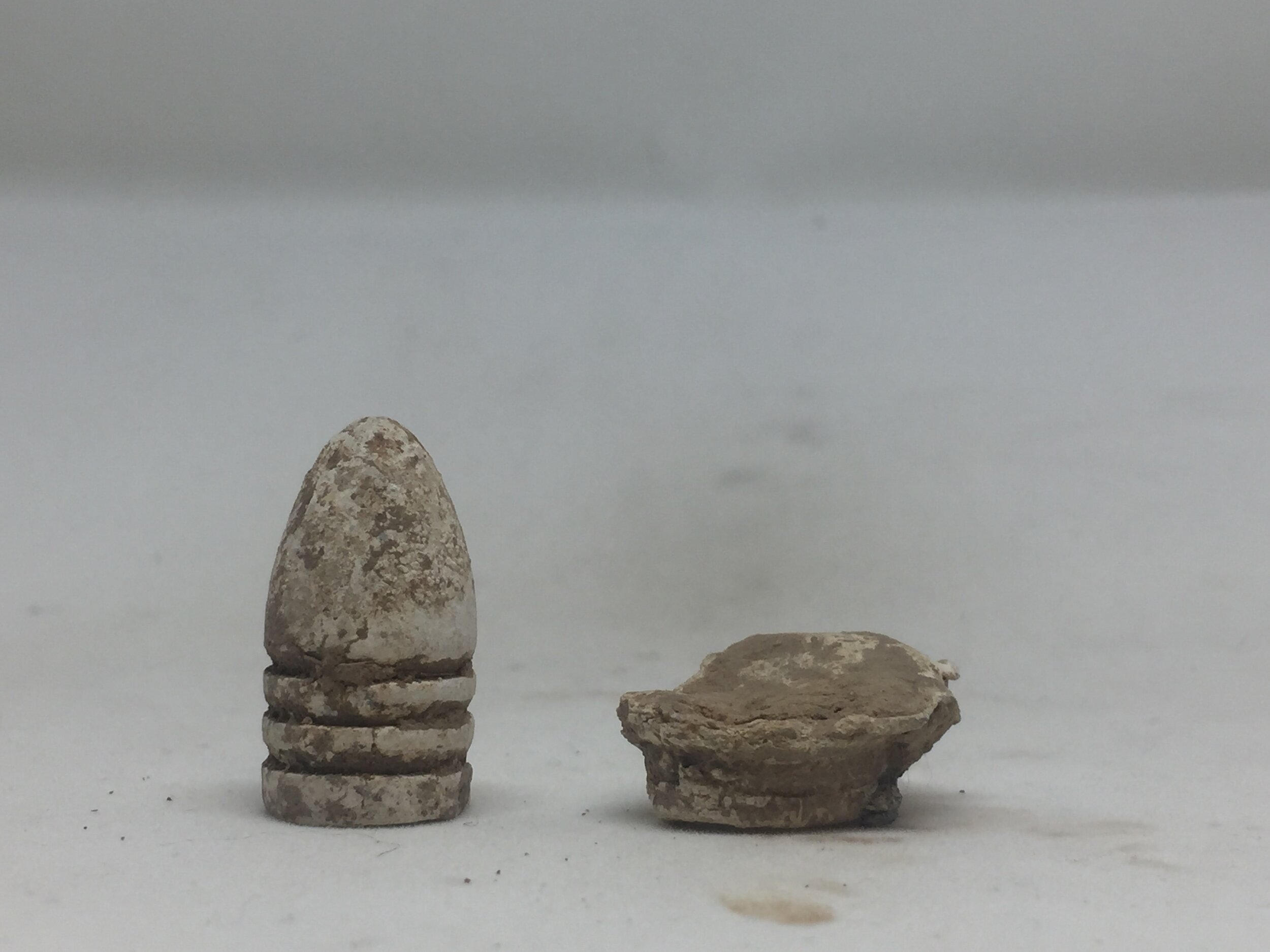
Southern Uniforms
The confederate dress had a distinct lack of uniformity. Due to limited resources and miscommunication, colors ranged from blue to butternut to gray. Homespun materials were also common, as many soldiers fitted themselves locally before joining the army. Once a uniform item wore out, it was often up to the soldier to find himself a replacement, leading to even more variety as the war continued.
Government, state, and locally produced uniforms added variety, as did imported items from Britain such as coats, buttons, and belts.
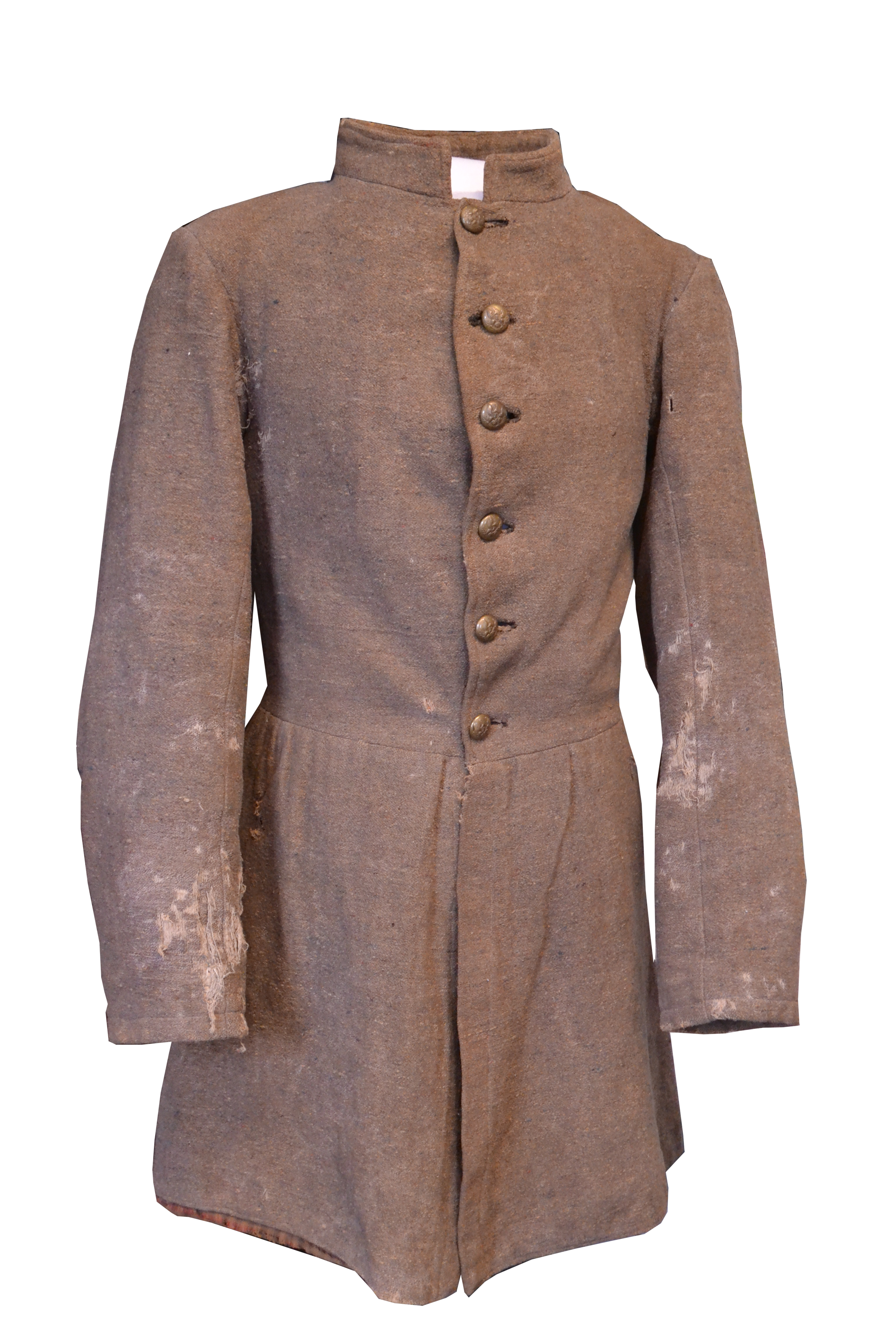


Federal Uniforms
Federal troops drew upon the military tradition and regulations already in place at the onset of the war. Because of this, the Federal soldiers’ uniform was more standardized and of a higher quality than its Rebel counter-part. Uniforms were often personalized, but maintained their basic structure. Dark blue coats made from wool and flannel were paired with pants of a similar color. The men also received a white cotton shirt, socks, and shoes.
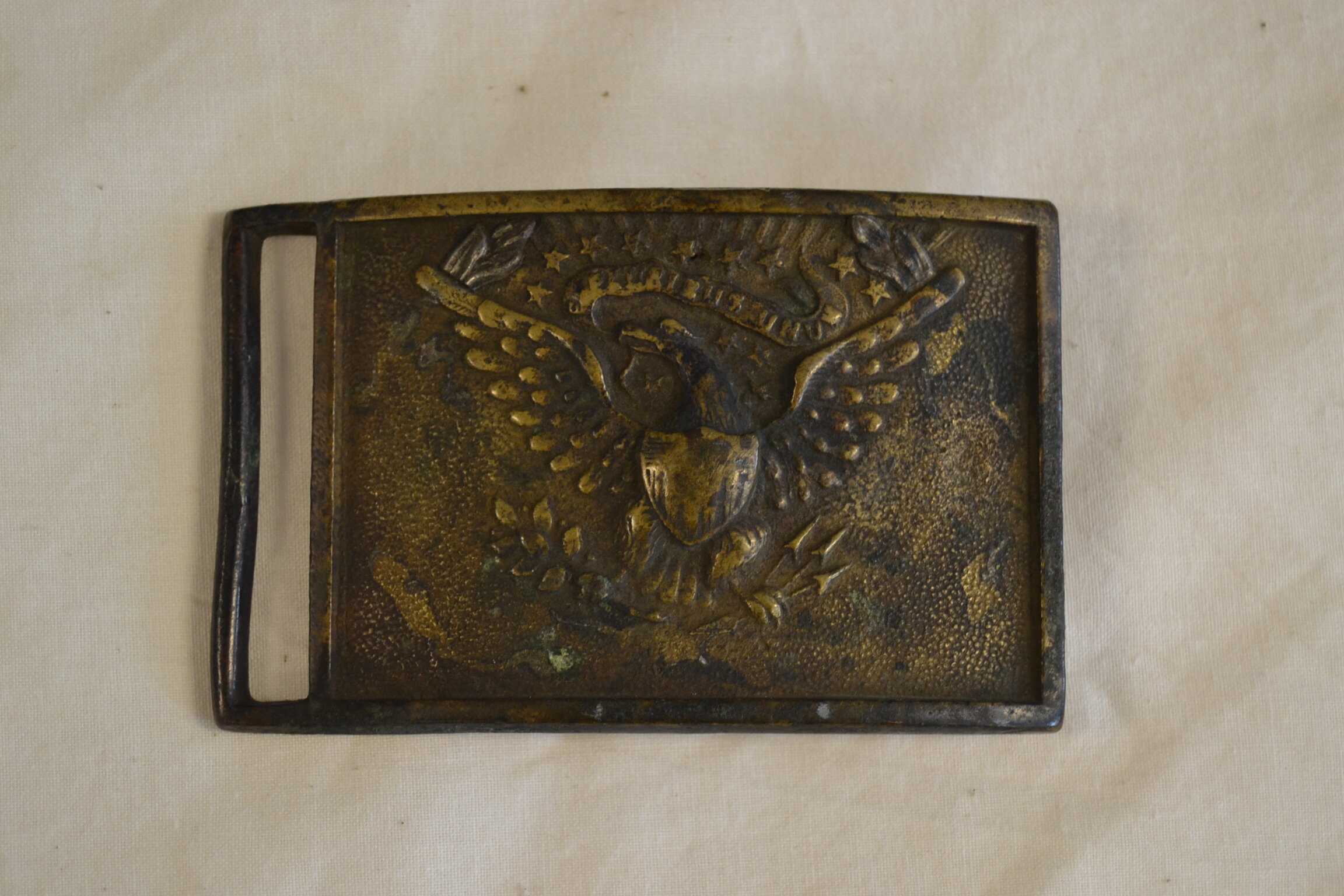
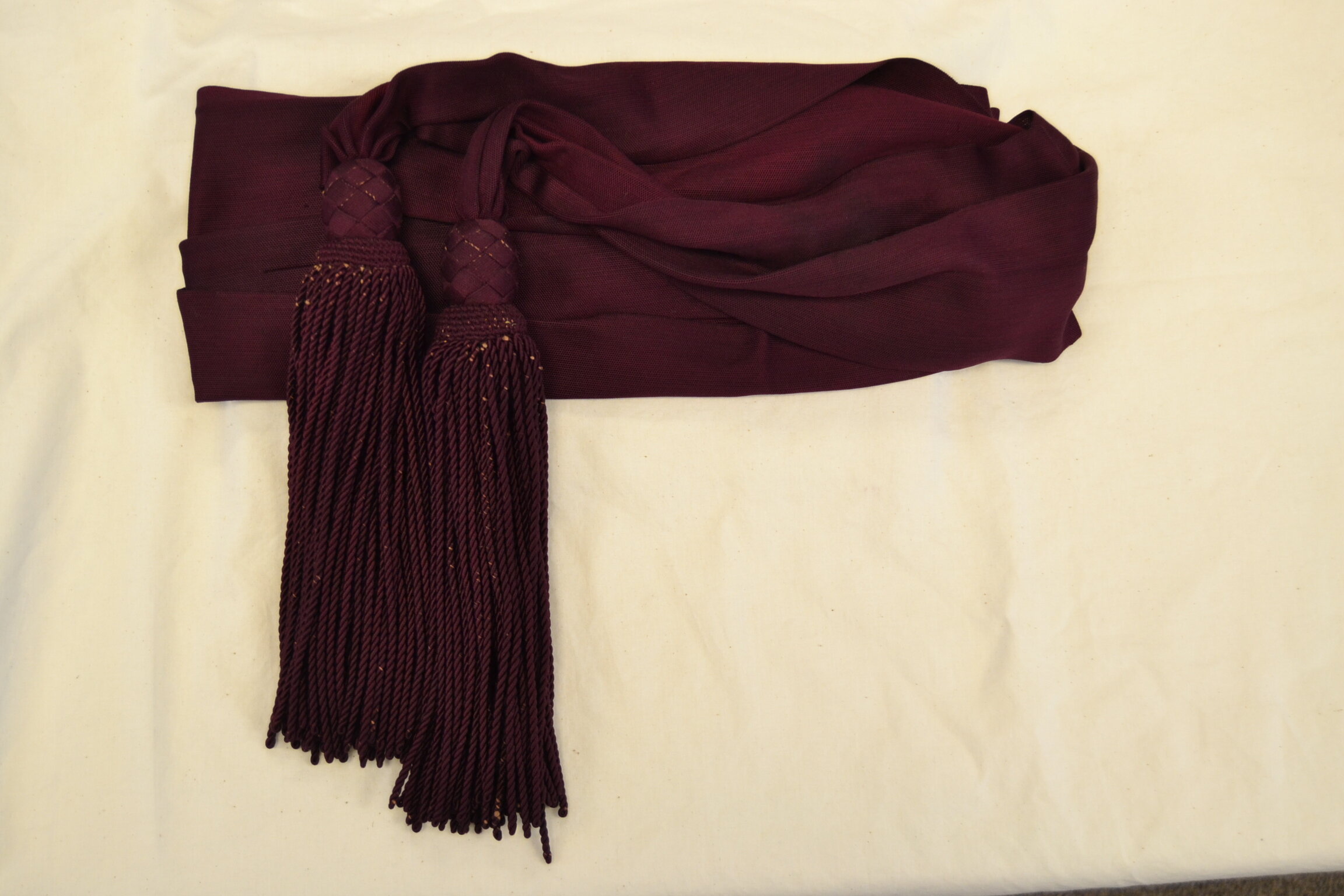
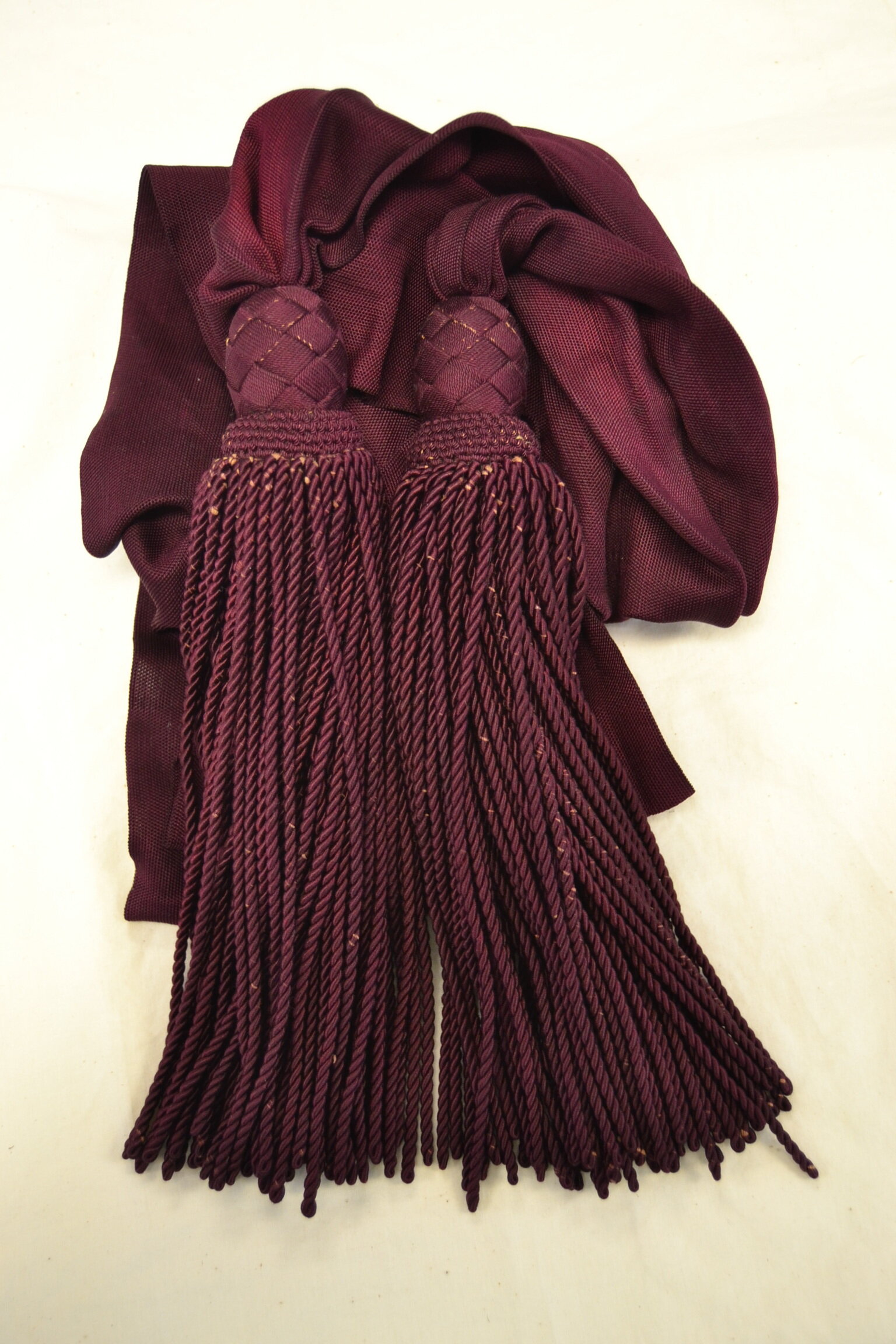
Recreation
Although the time spent in battle is the most well-known aspect of the soldiering experience, this is only a small glimpse into the soldiers’ existence. Hours, days, and even weeks were spent in camp. Described as “organized boredom” by one soldier, time in camp would include various drills, but also time for recreation. Cooking meals, mending uniforms, and cleaning weapons took up only a short amount of time. The average soldier spent hours reading books and newspapers, singing, writing letters home, and playing games. Dice, dominoes, and marbles were favorites of the men.
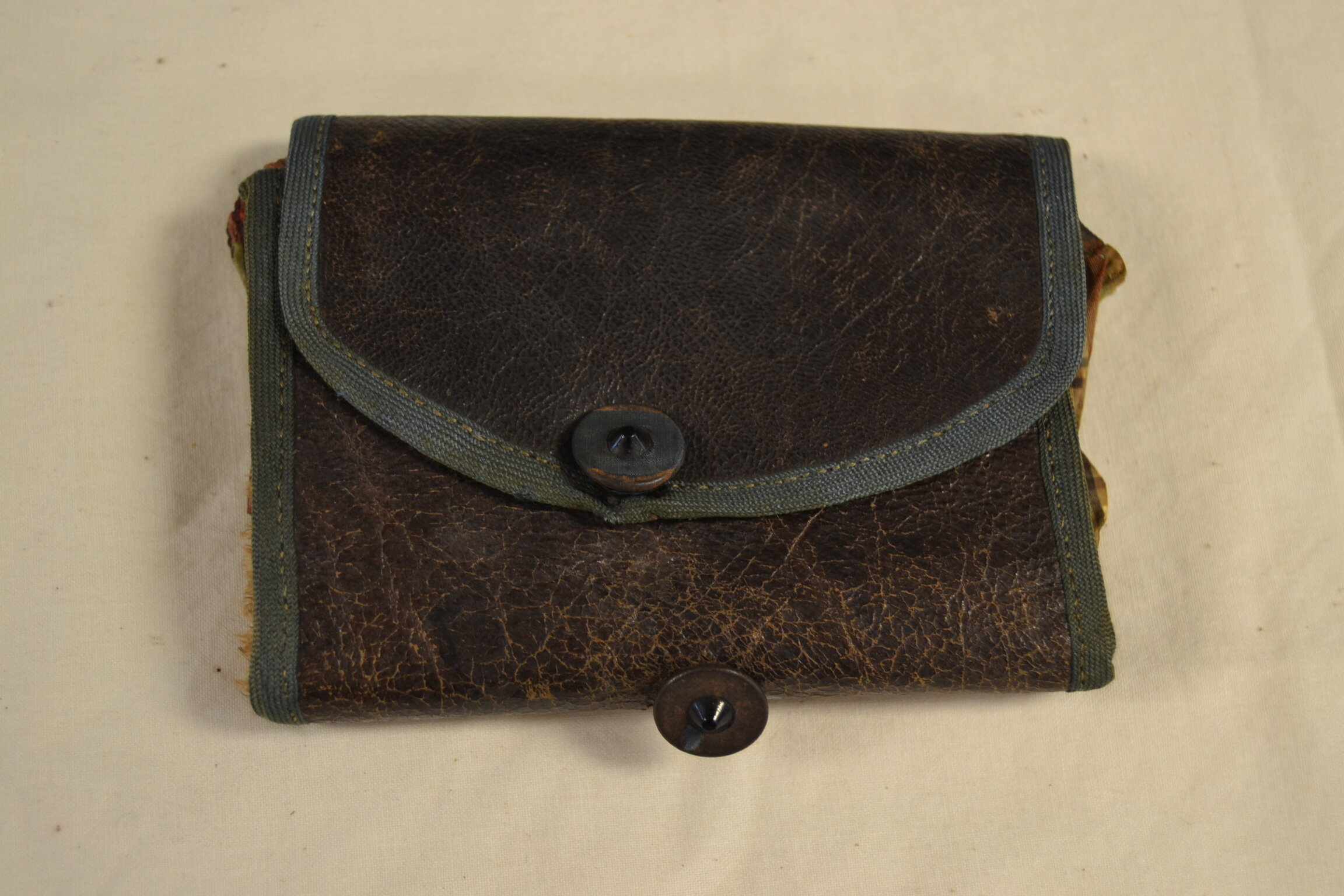
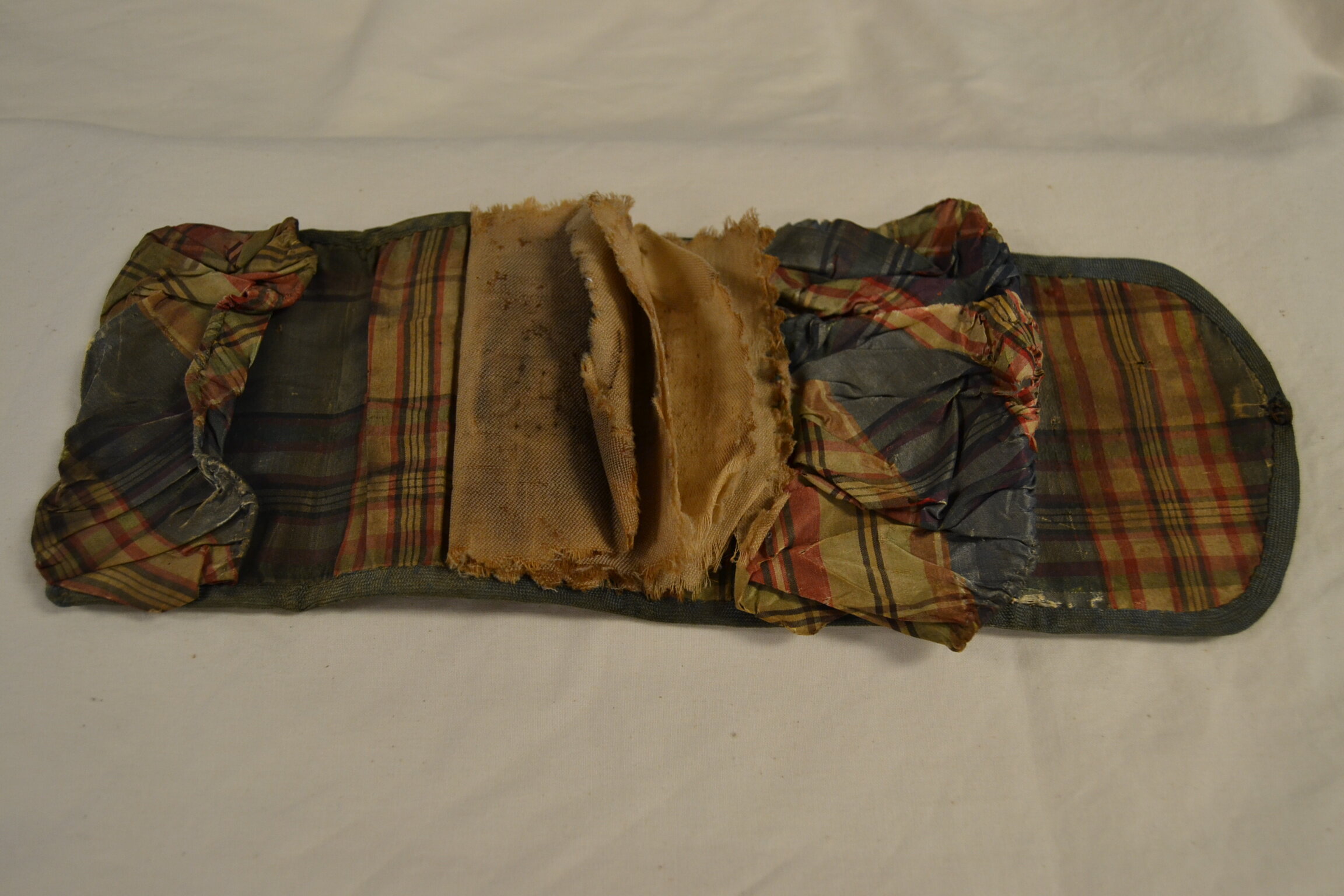
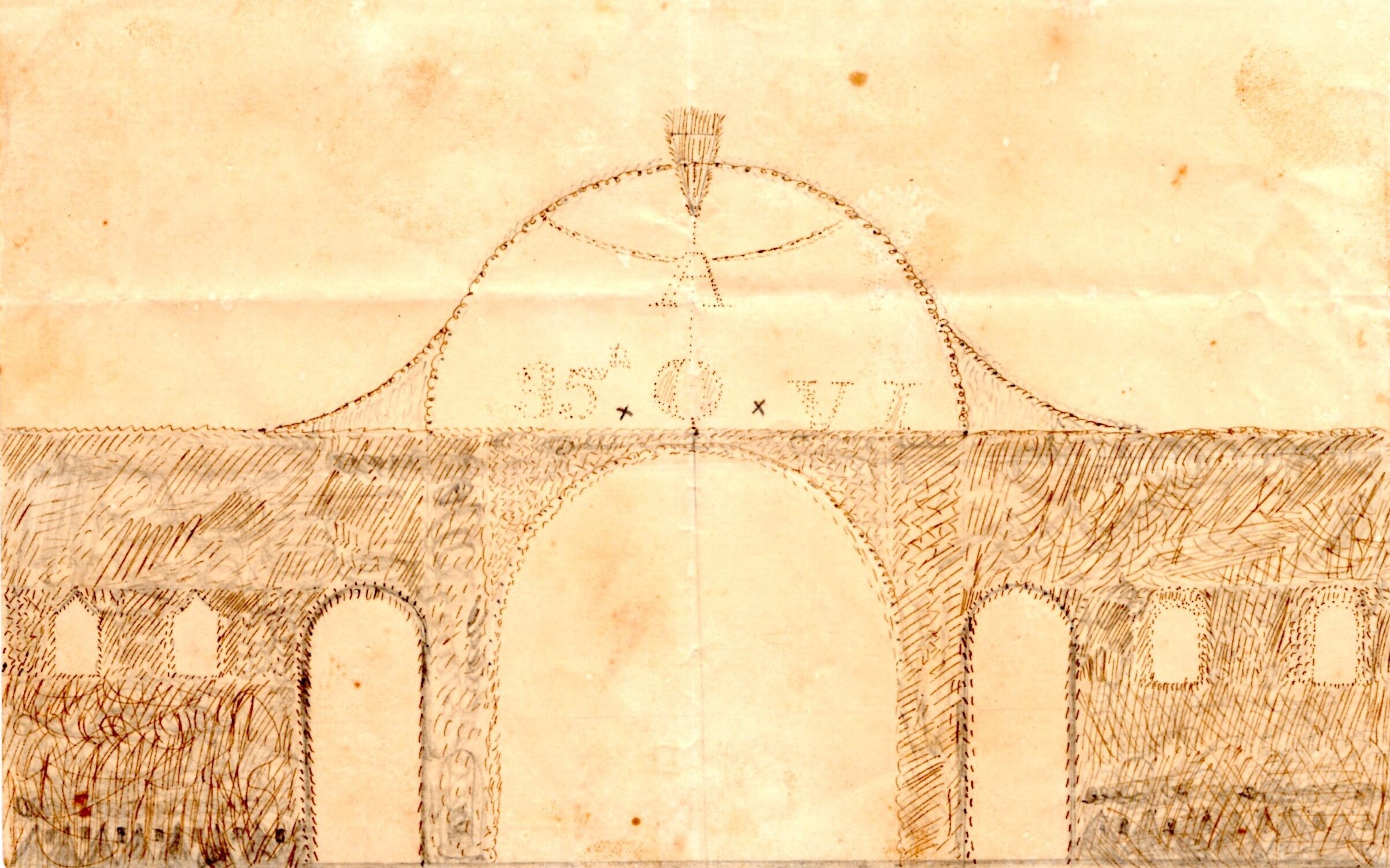



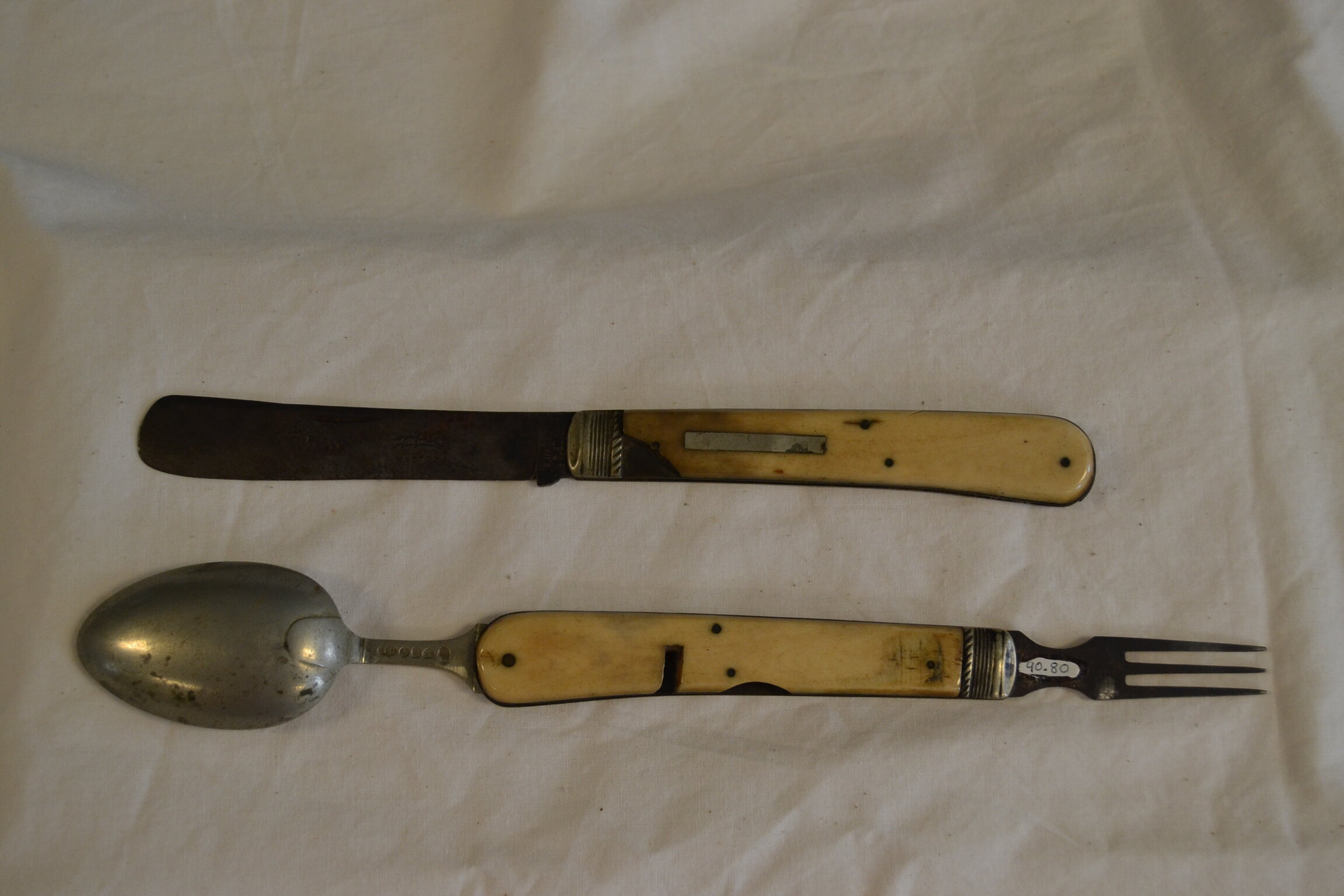

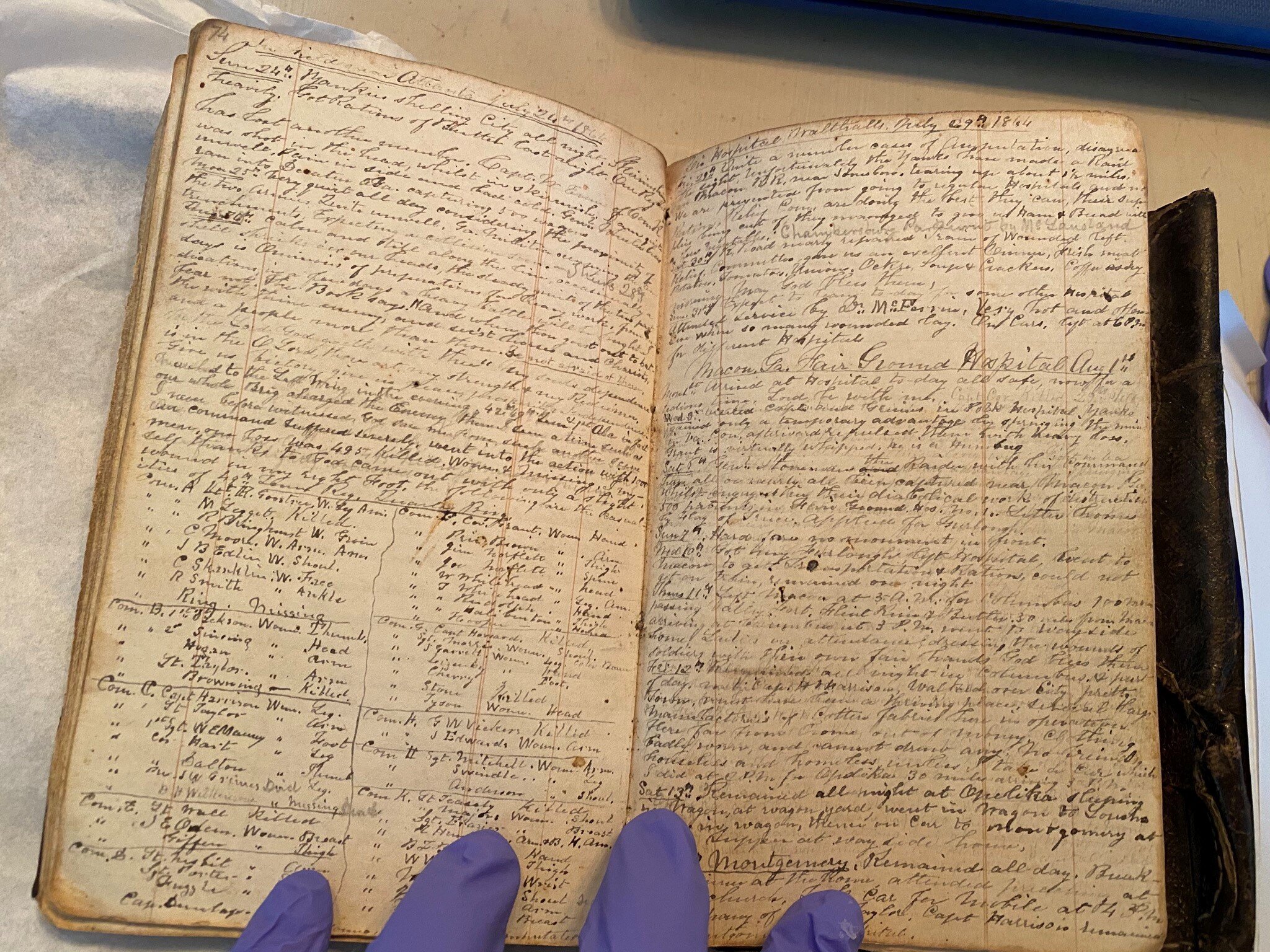
Children’s Activity!
Directions: Below is a list of the common items Civil War soldiers carried with them. Choose what would be the most important to you. Remember, you must carry everything as you march from place to place. Sometimes armies marched 20 miles in one day. Some items are already checked. These items are required for you to carry by the army. After, answer the questions.
Questions:
1. Is there anything not on the list you would want with you?
2. Is there anything that you might be able to share with a friend so that both of you have less to carry?



![Full-length portrait of an unidentified civil war soldier] / from Ball & Thomas' Photographic Art Gallery, 120 West Fourth Street, near Race, Cincinnati, O., courtesy of Library of Congress](https://images.squarespace-cdn.com/content/v1/575ad69260b5e91314f0c856/1587737827011-T974AR681IY5BEWR92Q4/10942v.jpg)
